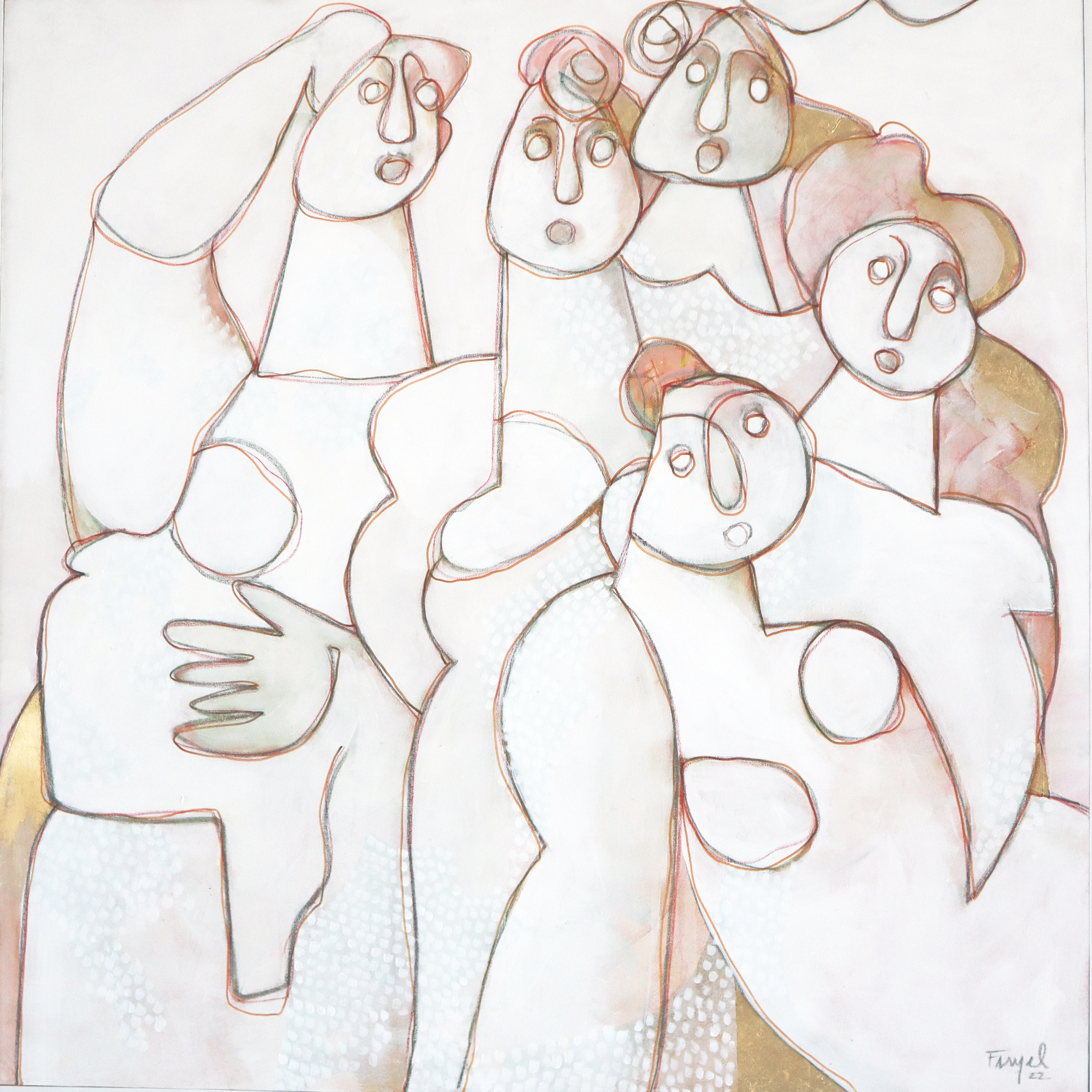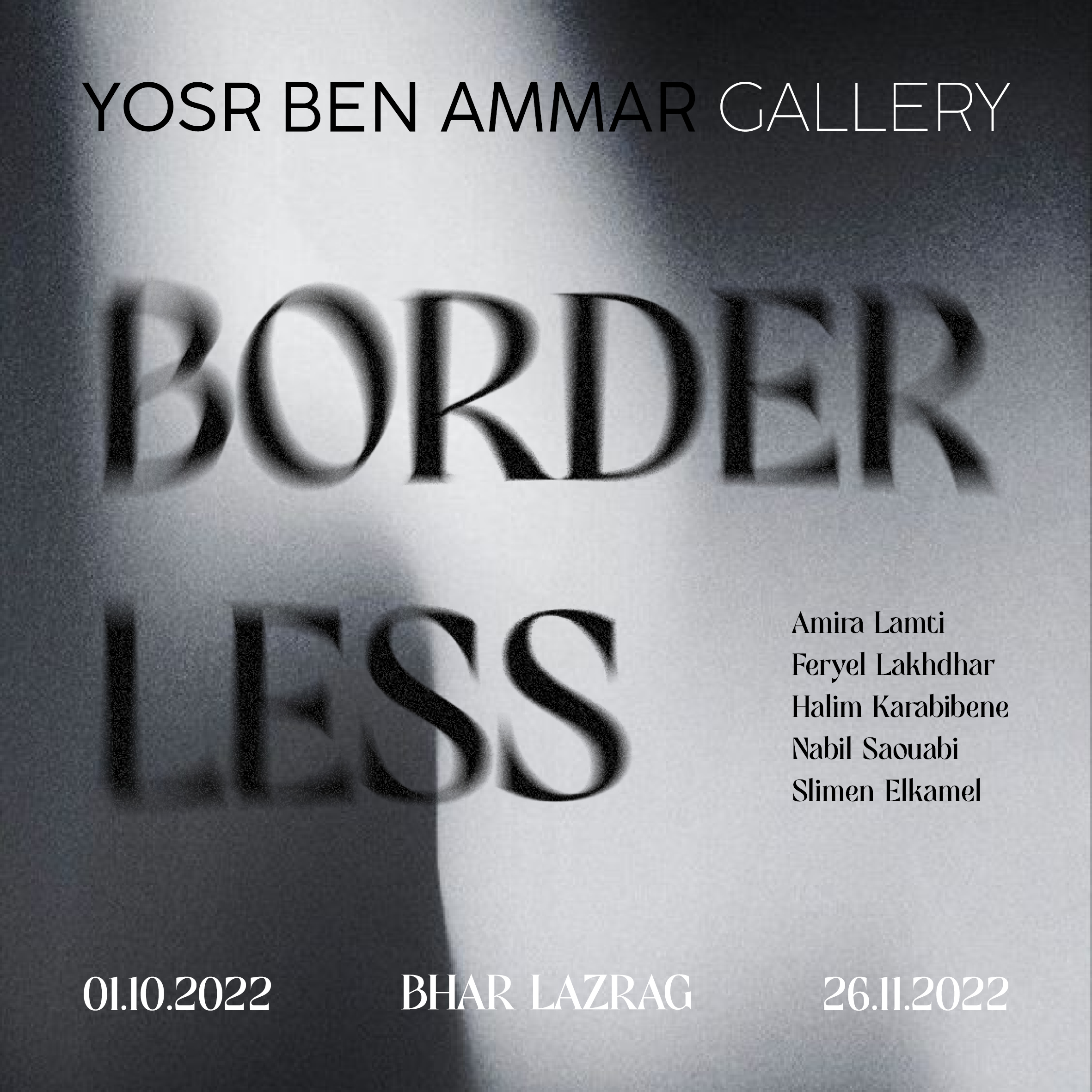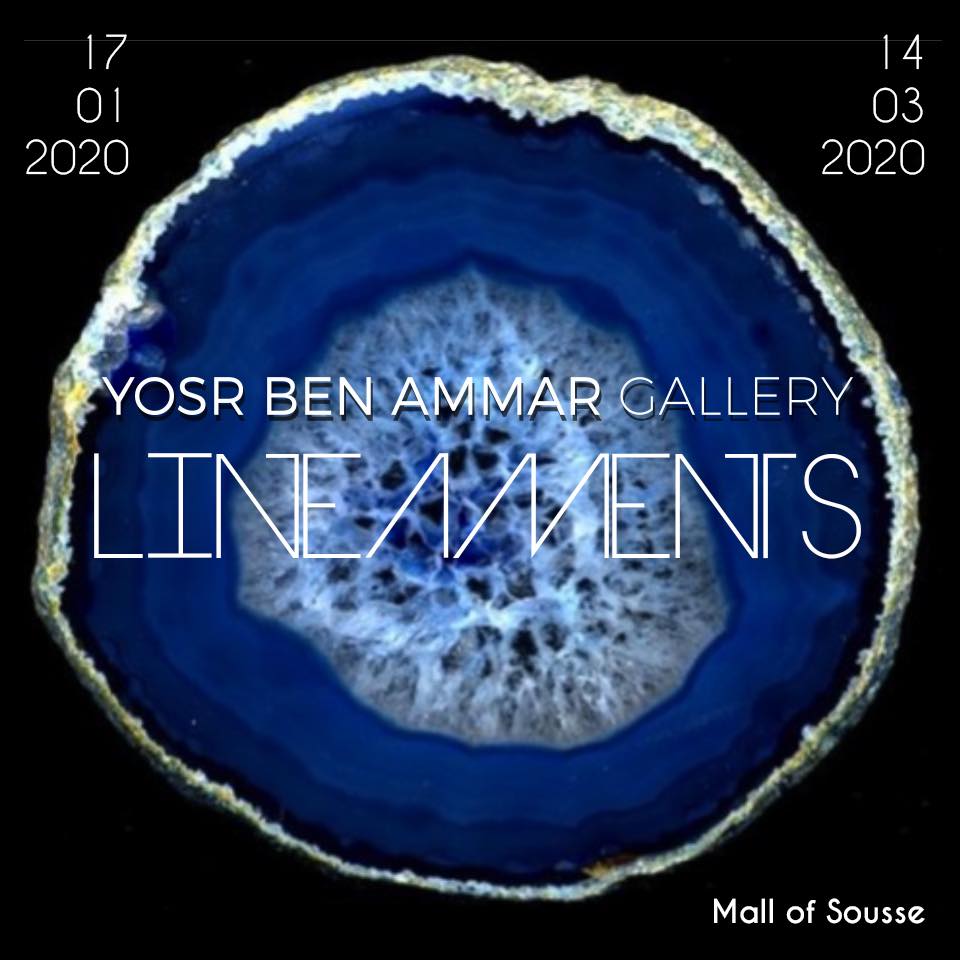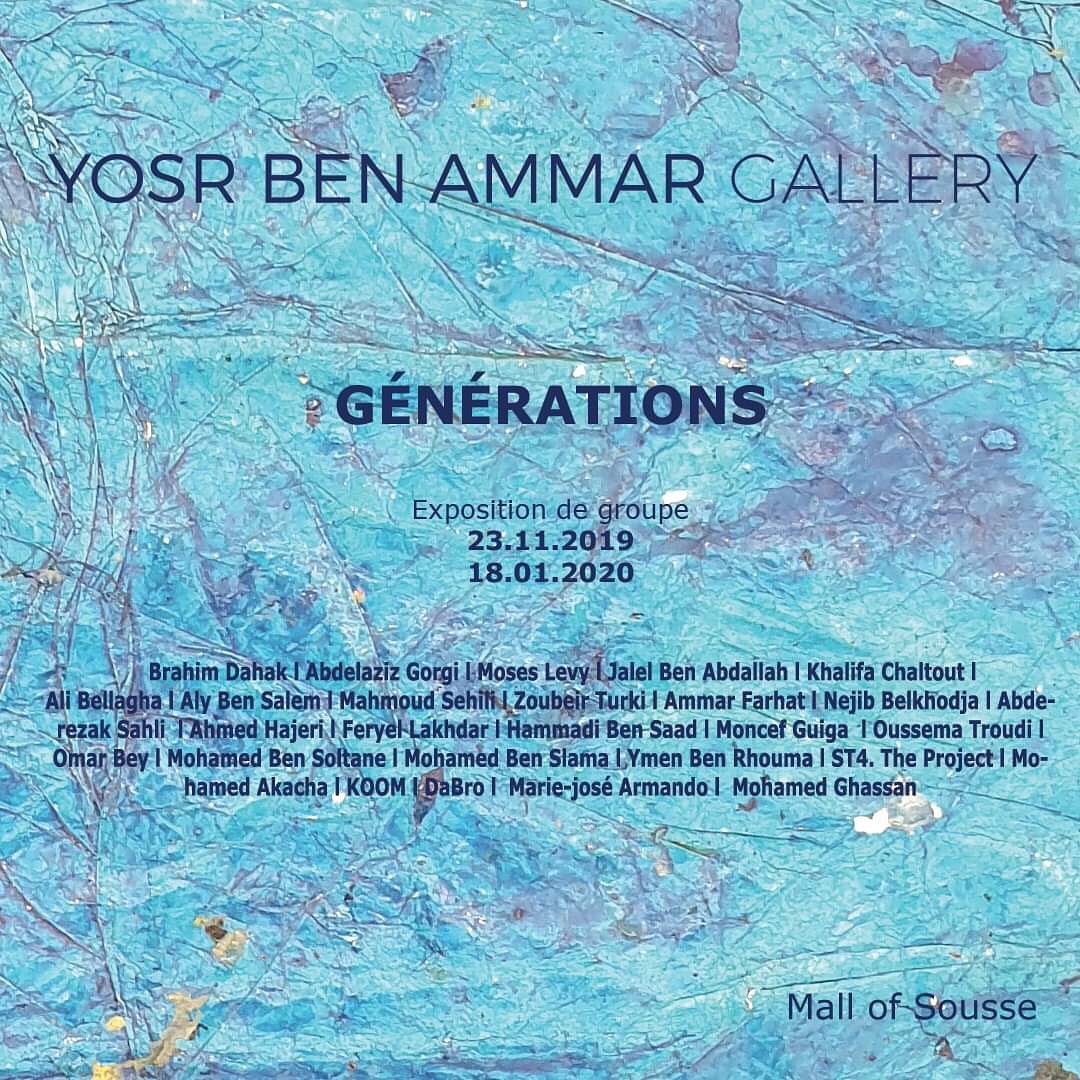FERYEL LAKHDAR
Born in 1965 in Tunis, she studied in Paris at the National School of Architecture and at the École des Beaux-Arts. She then remained in France, where she studied urban design as well as furniture design, while also participating in the creation of film sets. She then embarked on the restoration of public spaces such as Château Chinon in France, where she also contributed to the renovation of the town center.
Feryel Lakhdar has exhibited widely since her first solo exhibition in 1986 at the Musée de Sidi Bou Saïd in Tunisia. Her work has been presented in numerous solo and group exhibitions worldwide, including in Tunisia, France, Italy, Portugal, Lebanon, and the United Arab Emirates. Additionally, she participated in the Universal Exhibition - Expo '92 Sevilla in Spain and Hanover 2000 in Germany. Her works have also been shown in solo exhibitions in galleries around the world, such as Galerie El Hawajez in Cairo, Egypt (1998), Esthète in Montreal, Canada (2005), and Galerie M in Paris, France (2004 and 2006). Feryel has been featured in numerous publications, including the catalog of the Universal Exhibition - Expo '92 Sevilla and one of the most recognized books on modern and contemporary art in Tunisia: "L'Aventure de l'Art Moderne en Tunisie", Simpact. Her works are also part of various public and corporate collections, including the Ministry of Culture in Tunisia. She lives and works in Tunis.
Her art can be associated with neo-figurative painting, as it is based on the representation of contemporary women in society, specifically Tunisian women. In her paintings and sculptures, she portrays pale, voluptuous women with generous forms symbolizing the strength and emancipation of women in society. She often depicts family scenes or social gatherings drawn from typical Tunisian settings. However, her approach stems from a fundamental abstract work which, in its choice of colors and shapes, relies on intuitive aesthetic reflection. Like her expansive female sculptures, she conveys the physicality and character of women in her contextual portraits. In her art, she strives to capture the essential aspect of her subjects, often a garment or accessory. Focusing on the essence of her portraits, the background is either simple or nonexistent. Amplified by memories and fairy tales from her Tunisian upbringing, her pictorial language seeks to address the question of femininity while exaggerating the lightness of being and the feeling of freedom.











